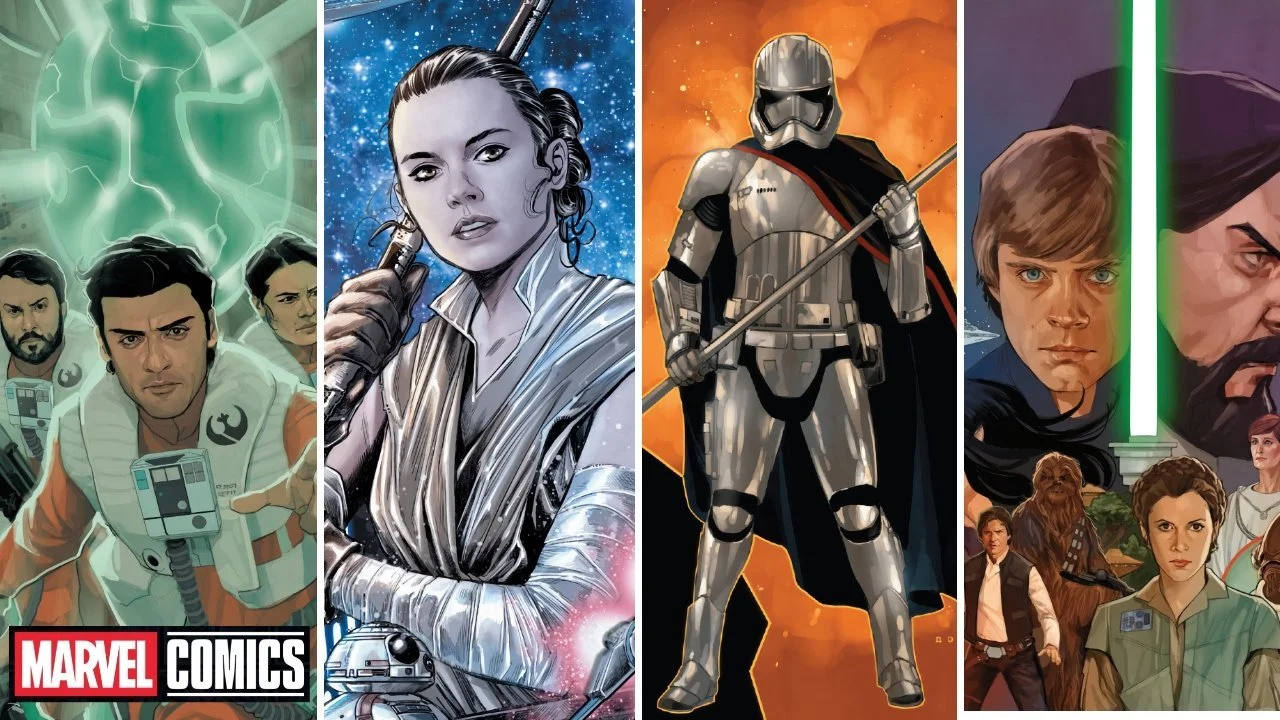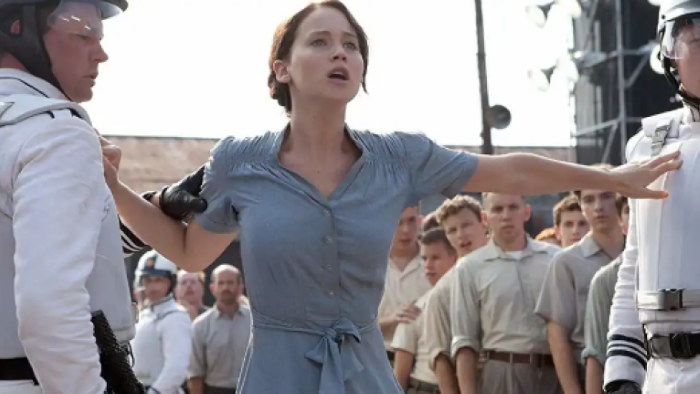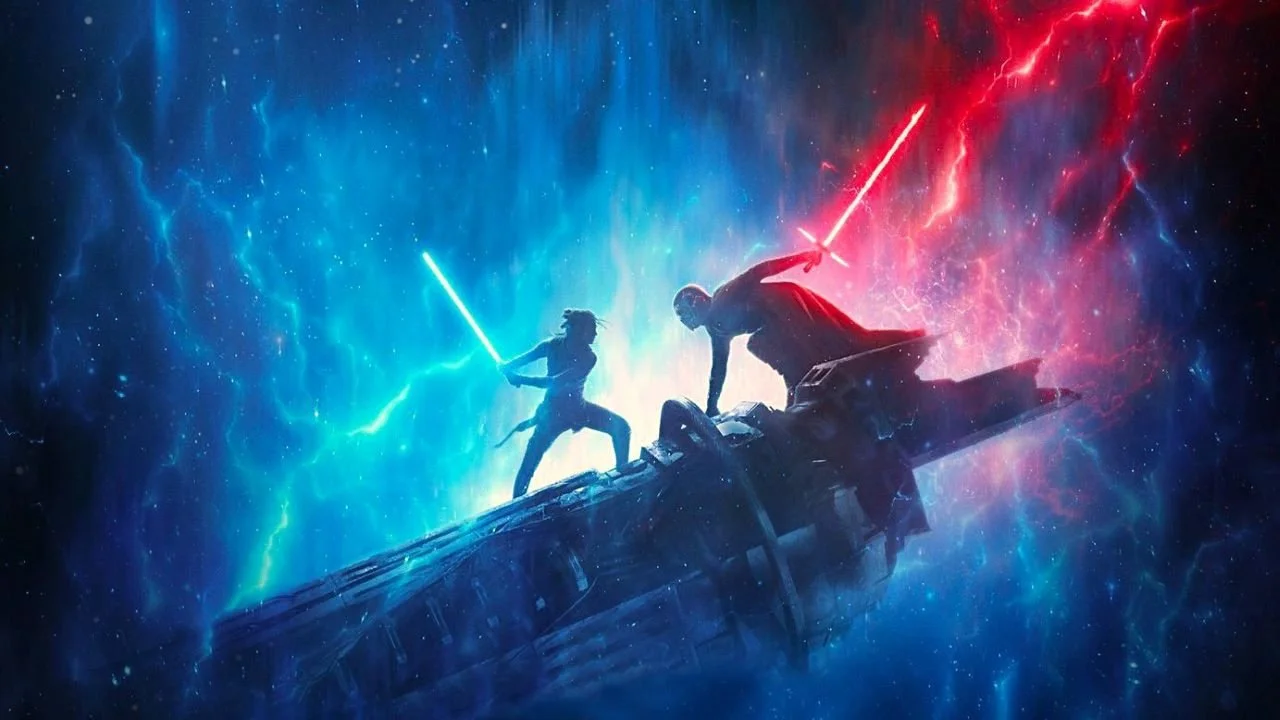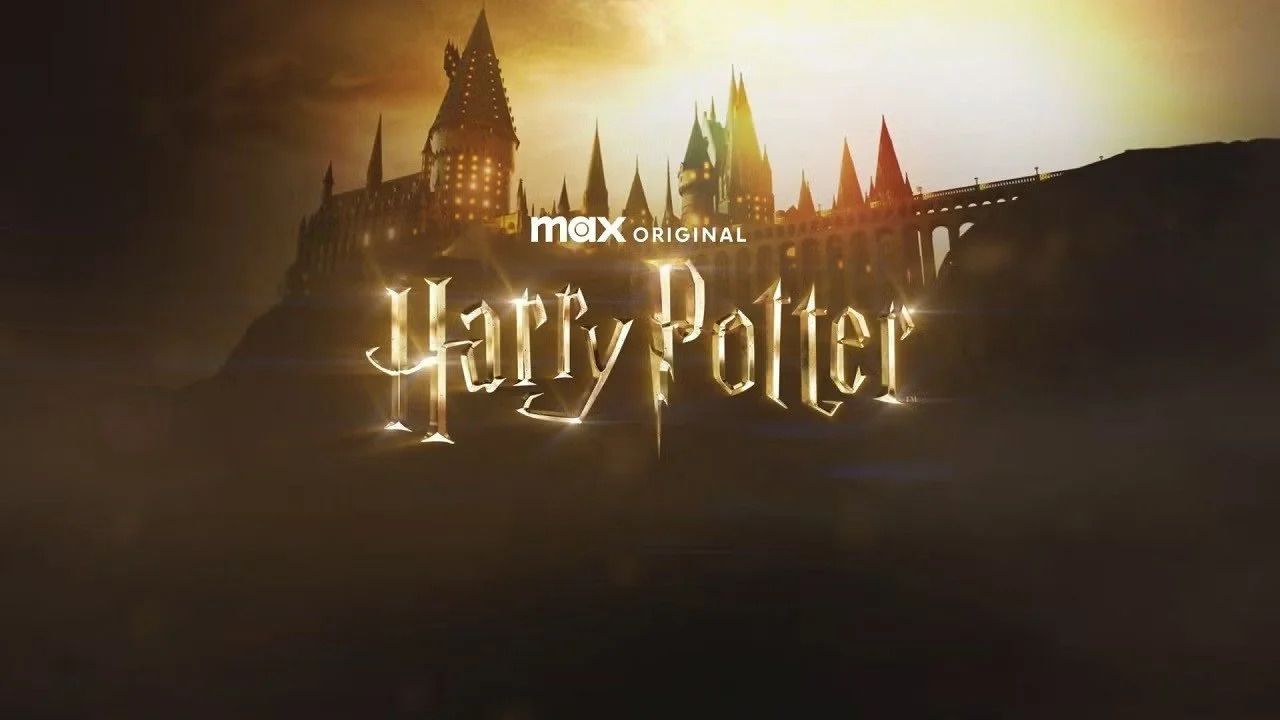How 'The Hunger Games' Affected The 'Star Wars' Sequel Trilogy
Image Source: BuzzFeed
Few book series can claim the cultural impact that The Hunger Games had on the young adult genre in the mid-2000s. Its publication and subsequent movie adaptation inspired a generation of readers, launched the careers of several of today’s A-listers, and started a wave of dystopian fiction that defined and consumed the market for years.
The Hunger Games follows the story of Katniss Everdeen, a teenager living in a postwar vestige of America known as Panem. Each year, all 12 districts of Panem must send 2 teenage tributes to the Hunger Games, where they fight to the death on national television. When Katniss volunteers for the Games in the place of her sister, she unwillingly becomes a symbol of the rebellion against the fascist Capital, a title that costs her and her loved ones everything.
RELATED:
When The Hunger Games was released, parents everywhere worried about the content of these books. Many adults were extremely disturbed at the idea that a young adult novel would feature children killing each other, and The Hunger Games ended up on banned book lists throughout the 2010s. The moral panic against the series was not just a byproduct of pearl-clutching over children’s media leftover from the Twilight years. The Hunger Games was disturbing because it was meant to be. It captured the imaginations of people across the globe because it stood for something.
Image Source: Ordinary Times
Author Suzanne Collins does not shy away from adult themes of violence and fascism in her work, nor does she reduce her young female protagonist’s story to a dilemma over which boy she should date. The Hunger Games is brutal in its portrayal of violence and ruthless in its depiction of the callous cruelty wielded by those clinging to power. Beloved characters are killed unceremoniously, allies are corrupted by the very systems they fight against, and there is no uncomplicated happy ending.
Collins was very clear about the themes of her work. Katniss watches with disdain as the wealthy turn the Hunger Games into a capitalistic venture. The Capital uses likable media personalities to “sell” the Games as entertainment as President Snow’s police force brutalizes civilians on national television. The world she created pulses vividly with the desperation of those oppressed by the Capital.
Ironically, the very capitalistic spirit that Collins condemned fueled a market for dystopia. The massive success of The Hunger Games signaled to creators that these kinds of stories were insanely profitable, and the industry soon became flooded with copycat stories of teenage girls as they juggle fighting a rebellion and picking one of two hunky male love interests. As these stories continued to be told, one thing became obvious—there was something missing. The worlds these stories created were often hollow, characters were shoehorned into tropes, and their villains’ greatest motivation was…because they were evil. These stories fell flat because they never stood for much in the first place.
Enter the return of one of the biggest franchises on Earth in the mid-2010s. When Star Wars released The Force Awakens, fans were introduced to Rey, a lone scavenger forced into a war she knows nothing about against the dystopian regime of her society.
Image Source: Cinema Blend
On the surface, the Star Wars sequel trilogy looks a lot like The Hunger Games. There are a tough but loveable female protagonist desperate to keep the ones she loves safe, a crotchety old mentor, an outnumbered rebellion railing against an evil regime, and a quest for justice that becomes slipperier and more dangerous the deeper the heroes fall into it. Much like Katniss, Rey is a young woman, unsure of her place and doubtful of her abilities, who is tasked with the impossible feat of overcoming an ultimate evil.
But there are cracks in the foundation that other dystopias fell into after The Hunger Games. Much like the young adult antecedents of The Hunger Games, the sequel trilogy banks on the audience’s prior investment in the story (or stories of the kind). In the sequel trilogy, the galaxy has once again come under the rule of an Imperial force, this time in the form of the First Order. While there is certainly truth in the rise of fascism after its eradication from society, the series does little to explain how they got there. How did the New Republic, which the heroes have fought for so valiantly in the original saga, die out in just a few years? What led to the rise of the First Order? These questions are left unexplored, and the world of the sequel trilogy feels overdependent on the audience’s nostalgia.
The Star Wars sequel trilogy, however, did achieve something more than the many facsimiles of The Hunger Games released over the years. It reinforced the idea that there is a deep desire for these kinds of stories; that even after the inundation of dystopia from the 2010s onward, audiences still gravitate toward characters willing to speak truth to power. Star Wars is rarely discussed as a dystopia, but that is what it is at its core: a story about heroes fighting the evil of their society. Katniss Everdeen captured our imaginations when she first emerged as the Mockingjay, and the legacy of the dystopian genre is alive and well even in a galaxy far, far away.
READ NEXT:
Source(s): The Hunger Games Wiki, Wookieepedia















